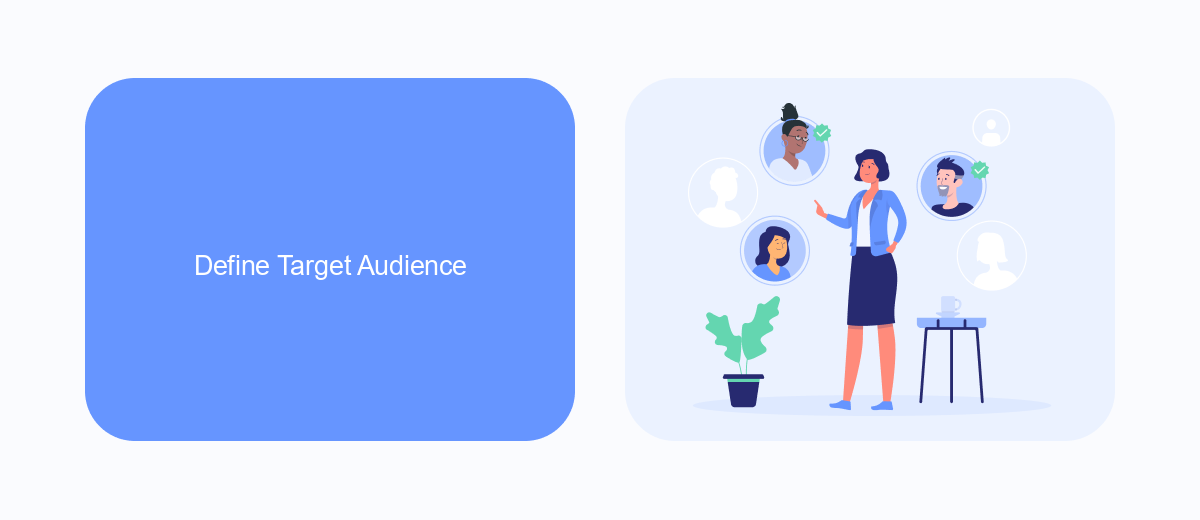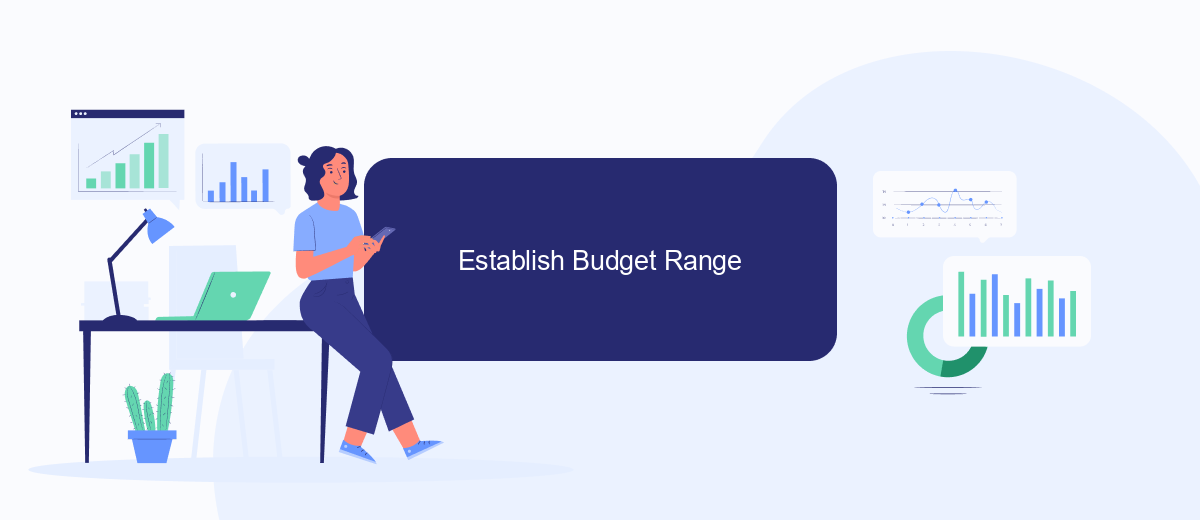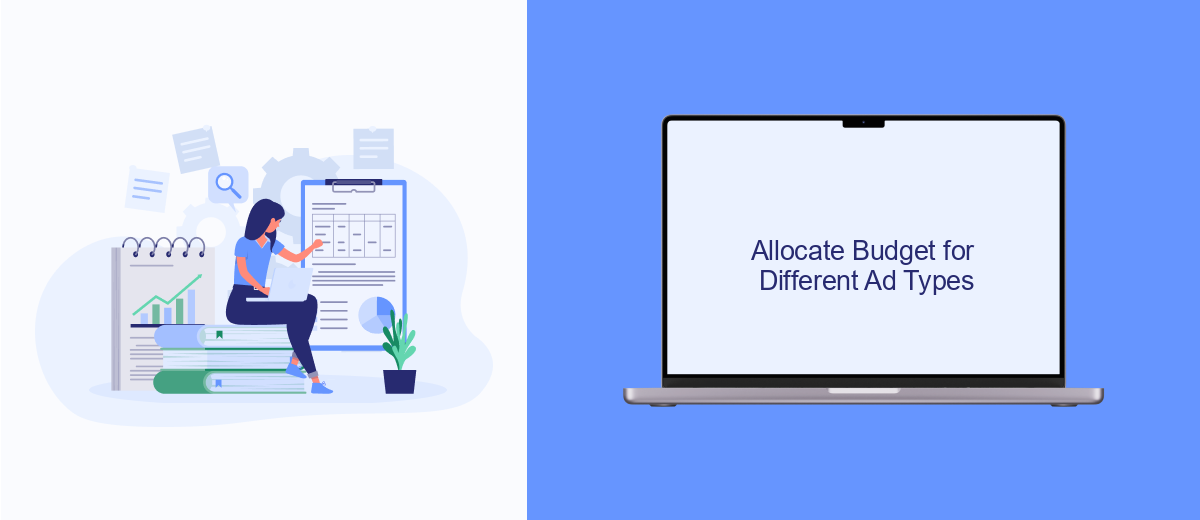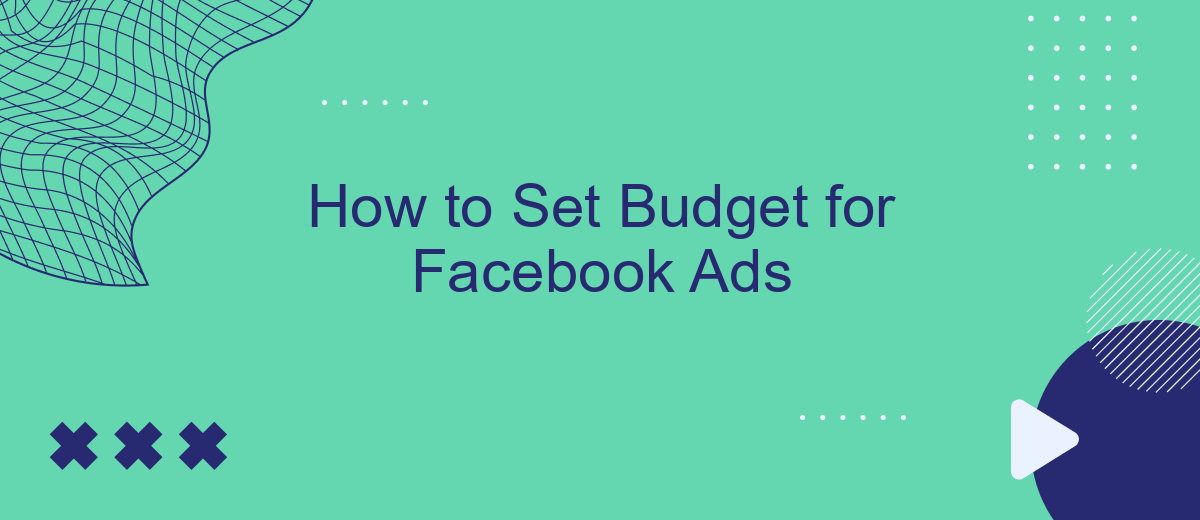Setting a budget for Facebook Ads can be a crucial step in ensuring the success of your marketing campaigns. With the right budget, you can maximize your reach, engage your target audience, and achieve your business goals without overspending. In this article, we will guide you through the essential steps to effectively allocate your budget for Facebook Ads.
Set Campaign Goals
Setting clear campaign goals is essential for optimizing your Facebook ad budget. Before you start allocating funds, it's crucial to define what you aim to achieve with your ads. Whether you're looking to increase brand awareness, drive traffic to your website, or generate leads, having specific goals will guide your budget decisions.
- Brand Awareness: Focus on reaching a broad audience to make more people aware of your brand.
- Website Traffic: Direct users to your website to increase visits and potential conversions.
- Lead Generation: Use tools like SaveMyLeads to capture contact information from potential customers.
- Sales: Target users who are likely to make a purchase to maximize your return on investment.
Once your goals are set, you can better allocate your budget to meet these objectives. For instance, if lead generation is your primary goal, integrating SaveMyLeads can streamline the process of collecting and managing leads, ensuring you get the most out of your ad spend. By aligning your budget with your campaign goals, you can achieve more effective and measurable results.
Define Target Audience

Identifying your target audience is a crucial step in setting a budget for Facebook Ads. Start by analyzing your current customer base and identifying common characteristics such as age, gender, location, interests, and purchasing behavior. Utilize Facebook's Audience Insights tool to gain a deeper understanding of your audience demographics and preferences. This will help you create more precise and effective ad campaigns, ensuring that your budget is spent wisely.
To further refine your target audience, consider integrating tools like SaveMyLeads, which can automate the process of collecting and analyzing customer data from various sources. SaveMyLeads allows you to seamlessly integrate your Facebook Ads with other platforms, ensuring that you have a comprehensive view of your audience. By leveraging these insights, you can create highly targeted ads that resonate with your potential customers, ultimately maximizing your return on investment and optimizing your ad spend.
Establish Budget Range

Setting a budget range for your Facebook ads is crucial for maximizing your return on investment. Understanding how much you can afford to spend and how to allocate your budget effectively will help you reach your advertising goals without overspending.
- Determine your overall marketing budget: Start by assessing your total marketing budget to understand how much you can allocate to Facebook ads.
- Set campaign objectives: Define your campaign goals, whether it's brand awareness, lead generation, or sales, to help guide your budget allocation.
- Research industry benchmarks: Look at industry-specific data to get an idea of average costs and performance metrics for Facebook ads in your niche.
- Use tools like SaveMyLeads: SaveMyLeads can help you automate and optimize your ad spend by integrating your Facebook ads with other marketing tools, ensuring efficient budget use.
By following these steps, you can establish a budget range that aligns with your marketing objectives and financial capabilities. Regularly monitor and adjust your budget based on performance data to ensure you are getting the best results from your Facebook ad campaigns.
Allocate Budget for Different Ad Types

When setting a budget for Facebook ads, it's essential to allocate your funds strategically across different ad types. Each type of ad serves a unique purpose and can help you achieve various marketing goals, from brand awareness to conversions.
Firstly, consider your overall campaign objectives. Are you looking to increase brand visibility, drive traffic to your website, or generate leads? Understanding your goals will help you determine which ad types to prioritize and how much budget to allocate to each.
- Brand Awareness Ads: Allocate 20-30% of your budget to these ads to build recognition and reach a broad audience.
- Traffic Ads: Dedicate 30-40% to driving clicks to your website or landing page, ensuring you attract potential customers.
- Lead Generation Ads: Reserve 30-40% for ads designed to capture leads, utilizing tools like SaveMyLeads to streamline the process.
By distributing your budget across these different ad types, you can create a balanced and effective Facebook ad strategy. Regularly monitor and adjust your spending based on performance metrics to ensure you are maximizing your return on investment.
Monitor and Adjust Budget
Once your Facebook ad campaign is live, it's crucial to monitor its performance regularly. By analyzing key metrics such as click-through rate (CTR), conversion rate, and return on ad spend (ROAS), you can determine whether your budget is being utilized effectively. Use Facebook Ads Manager to track these metrics and identify any underperforming ads. If you notice that certain ads are not meeting your expectations, consider reallocating your budget to better-performing ads to maximize your return on investment.
In addition to manual monitoring, leveraging automation tools can significantly streamline the process. Services like SaveMyLeads can help you integrate your Facebook Ads account with other platforms, enabling seamless data transfer and real-time updates. This allows you to set up automated alerts and adjustments based on specific performance criteria, ensuring your budget is always optimized. Regularly reviewing and adjusting your budget based on data-driven insights will help you achieve the best possible results from your Facebook ad campaigns.
FAQ
How do I determine my budget for Facebook ads?
What is the minimum budget I can set for Facebook ads?
How do I allocate my budget across different ad sets?
How can I automate my budget management for Facebook ads?
What should I do if my Facebook ads are not performing well within my budget?
Would you like your employees to receive real-time data on new Facebook leads, and automatically send a welcome email or SMS to users who have responded to your social media ad? All this and more can be implemented using the SaveMyLeads system. Connect the necessary services to your Facebook advertising account and automate data transfer and routine work. Let your employees focus on what really matters, rather than wasting time manually transferring data or sending out template emails.
